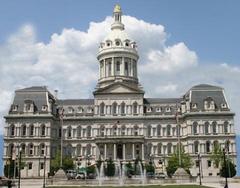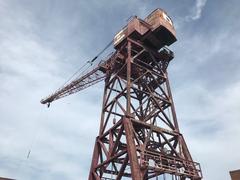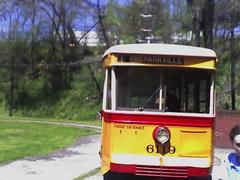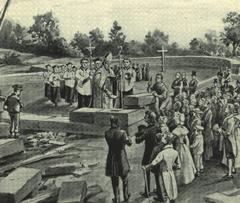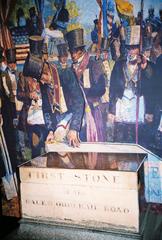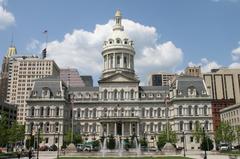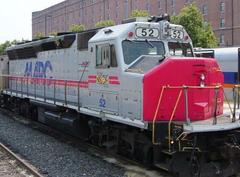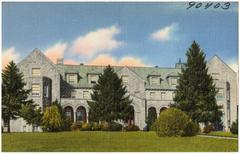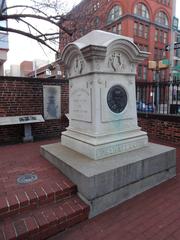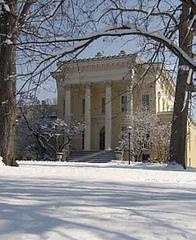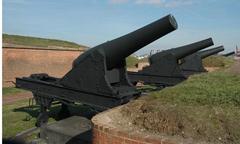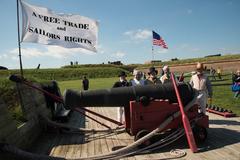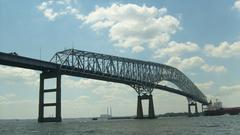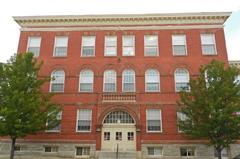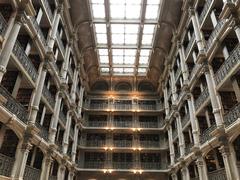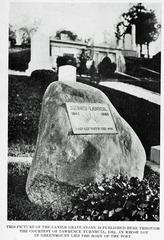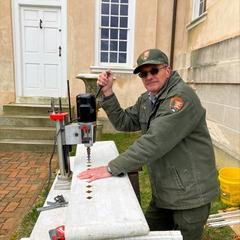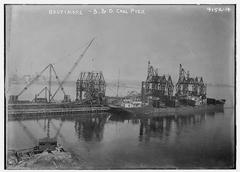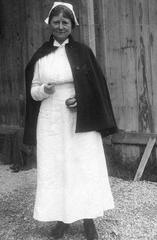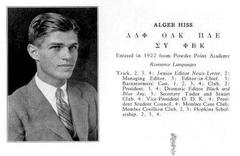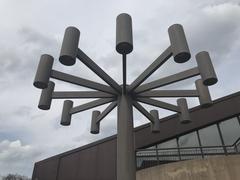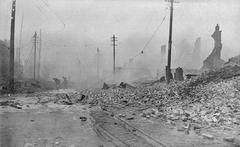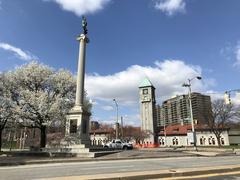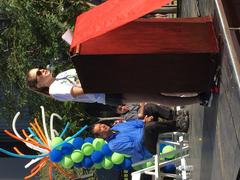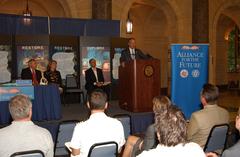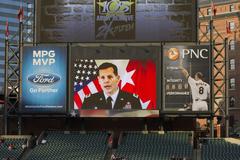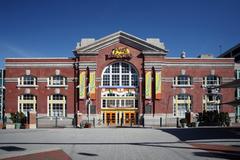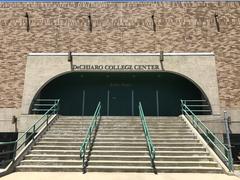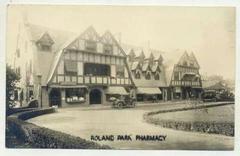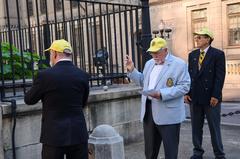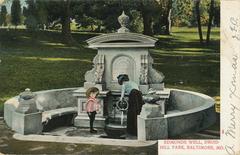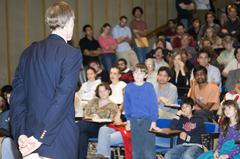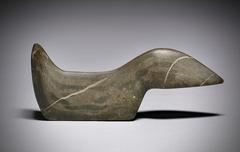Butchers Hill Baltimore: Visiting Hours, Tickets, and Historical Sites Guide
Date: 03/07/2025
Introduction
Nestled in East Baltimore, Butchers Hill is a neighborhood rich in historical significance, architectural beauty, and vibrant community life. Once a bustling enclave for German American and Jewish American butchers, the neighborhood today offers visitors a unique blend of preserved 19th-century charm, diverse cultural traditions, and easy access to Baltimore’s iconic Patterson Park. This guide provides an in-depth look at Butchers Hill’s history, architectural highlights, visiting information, community events, and practical tips, ensuring you make the most of your visit.
For additional resources, visit the Butchers Hill Association, the Patterson Park Conservancy, and Baltimore’s official tourism site (Baltimore.org).
Table of Contents
- Early Settlement and Growth
- Architectural Styles and Landmarks
- Urban Transformation and Community Revitalization
- Visiting Butchers Hill: Practical Information
- Patterson Park & the Pagoda: Visitor Guide
- Community Events and Local Life
- Accessibility, Travel Tips, and FAQs
- Conclusion and Further Resources
Early Settlement and Growth
Butchers Hill began in the mid-19th century as a tradesman’s village on Hempstead Hill, geographically separated from the bustling harbor districts. Its boundaries—Fayette Street (south), Patterson Park Avenue (east), Pratt Street (north), and Washington Street (west)—enclose a neighborhood shaped by early German and Jewish immigrants, whose butcher shops and homes laid the foundation for a thriving community.
Development accelerated between 1850 and 1915, with a diverse array of rowhouses reflecting both the prosperity and working-class roots of its residents. The neighborhood’s hilly topography and distinct street grid fostered a unique sense of place that remains evident today.
Architectural Styles and Landmarks
Butchers Hill is a showcase of Baltimore’s late-19th and early-20th-century architecture. Walking the neighborhood, you’ll encounter:
Italianate and Renaissance Revival Rowhouses
- Features: Tall, narrow facades, ornate cornices, bracketed eaves, and decorative window lintels.
- Materials: Predominantly brick, with cast iron details.
- Atmosphere: The rhythmic street facades and uniform setbacks create cohesive, visually striking streetscapes (AIA Baltimore).
Queen Anne and Eclectic Influences
- Features: Asymmetrical facades, projecting bays, patterned brickwork, and ornate woodwork.
- Significance: While less common than Italianate styles, these homes add diversity and charm, echoing the eclectic tastes of the late 19th century.
Notable Buildings
- St. Andrew’s Church: A Gothic Revival landmark reflecting the area’s Victorian-era religious heritage.
- Historic Corner Stores: Many original mixed-use buildings remain, with chamfered corners and large display windows—a nod to the neighborhood’s commercial past.
Urban Transformation and Community Revitalization
By the 20th century, Butchers Hill faced challenges common to many urban neighborhoods: demographic shifts, economic decline, and the threat of displacement. Community activism took root, notably through the Concerned Citizens for Butchers Hill (CCBH) in the late 1970s, advocating for fair housing and preservation.
The listing of Butchers Hill on the National Register of Historic Places in the 1980s sparked further revitalization. The Butchers Hill Association continues to promote preservation, community engagement, and neighborhood pride, ensuring the area retains its historical integrity and welcoming spirit.
Visiting Butchers Hill: Practical Information
Walkability and Access
Butchers Hill is highly walkable, with most attractions accessible within a 10- to 15-minute stroll. The neighborhood’s compact grid, narrow streets, and proximity to Patterson Park make it ideal for exploring on foot.
Transportation and Parking
- Public Transit: Multiple bus routes connect Butchers Hill to downtown Baltimore and surrounding neighborhoods.
- Parking: Limited street parking is available; consider public transit or nearby parking garages in Fells Point and Canton during busy periods (itravelforthestars.com).
Safety
Butchers Hill is recognized as one of East Baltimore’s safer areas. Remain aware of your surroundings, especially at night, and follow standard urban safety precautions.
Accessibility
Sidewalks are generally well-maintained, though some historic rowhouses have steps or raised entrances. Patterson Park offers accessible paths and facilities.
Best Times to Visit
The neighborhood is open year-round, with spring and fall offering the most vibrant community events and markets. Daytime visits are recommended for the best experience.
Guided and Self-Guided Tours
- Self-Guided Tours: Popular for exploring architectural highlights and scenic streets.
- Guided Tours: Occasionally available through historic societies or local tourism organizations—check community sites for updates.
Patterson Park & the Pagoda: Visitor Guide
About the Pagoda
The Patterson Park Pagoda, built in 1891 and designed by Charles H. Latrobe, is a Baltimore icon. Its East Asian–inspired architecture stands amidst the park’s greenery and serves as a gathering point for festivals, concerts, and panoramic city views (Patterson Park Conservancy).
Visiting Hours and Admission
- Patterson Park: Open daily from dawn until dusk.
- Pagoda: Open to visitors from 10:00 AM to 6:00 PM; hours may vary seasonally or for special events.
- Admission: Free for both the park and the Pagoda.
Accessibility
Paved park paths are wheelchair- and stroller-friendly, though the Pagoda’s observation decks are accessed via stairs.
Special Events
Events such as the Solar Festival, outdoor concerts, and community celebrations are held throughout the year. For the latest event calendar, visit the Patterson Park Conservancy.
Attractions Nearby
- Within Patterson Park: Boat lake, playgrounds, Pulaski Monument, and open green spaces.
- Bordering Neighborhoods: Fells Point, Canton, and the Johns Hopkins Medical Campus provide additional dining, culture, and history.
Travel Tips
- Arrive early for parking during busy events.
- Bring a camera for cityscape and architectural photography.
- Wear comfortable shoes for walking the park and neighborhood streets.
- Always check the weather before visiting this outdoor attraction.
Community Events and Local Life
Flea Markets and Craft Fairs
Butchers Hill’s semiannual flea market and craft fair in Patterson Park features 150+ vendors, live music, and food stalls. This event is a social highlight and supports local charities and neighborhood improvements (Spring Flea Market and Craft Fair).
Civic Engagement
The Butchers Hill Association organizes general meetings, volunteer projects (like park cleanups and rain garden work parties), and social gatherings such as potluck picnics (BHA Events). Participation in these activities fosters community cohesion and sustainability.
Arts and Multicultural Influences
The neighborhood’s artistic vibrancy is evident in local performances, art installations, and workshops. Multicultural festivals celebrate the diverse heritage of Butchers Hill residents, with food, music, and storytelling reflecting its layered history (Cherry Hill Arts & Music Waterfront Festival).
Social Cohesion and Safety
An active Safety Committee and informal networks of neighbors contribute to the area’s welcoming and secure environment (Safety Committee Meeting). Walkability, tree-lined streets, and well-maintained public spaces further enhance the visitor experience.
Sustainability
Community-led initiatives such as rain garden installations and park cleanups demonstrate Butchers Hill’s commitment to environmental stewardship (Rain Garden Work Party).
Accessibility, Travel Tips, and FAQs
Accessibility
Most public spaces and events are accessible to visitors of all abilities. Patterson Park’s paths are wheelchair-friendly, but some historic homes have steps.
Getting to Butchers Hill
- From Downtown: Walk, bike, or take public transit for convenient access (Getting Around Baltimore).
- Parking: Limited street parking; consider public transit or nearby garages.
Visitor Etiquette
- Be respectful of residents’ privacy when exploring residential streets.
- Ask permission before photographing individuals or private homes.
- Participate in community events with openness and gratitude.
FAQs
Q: Are tickets required to visit Butchers Hill or attend events?
A: Most attractions and events are free or have optional donations. Special event details are published on the Butchers Hill Association website.
Q: What are the visiting hours for Patterson Park?
A: Open daily from dawn until dusk.
Q: Is Butchers Hill pet-friendly?
A: Yes, especially in Patterson Park. Leash rules apply.
Q: Are there restaurants or cafes in Butchers Hill?
A: While primarily residential, nearby Fells Point and Little Italy offer diverse dining options.
Q: What’s the best time of year to visit?
A: Spring and fall, when flea markets and outdoor events are held.
Conclusion
Butchers Hill stands as a testament to Baltimore’s layered history, architectural richness, and resilient community. From its origins as a 19th-century tradesman’s enclave to its role today as a vibrant, inclusive neighborhood, Butchers Hill invites visitors to experience authentic urban charm. Enjoy the scenic streetscapes, attend community events, explore Patterson Park, and immerse yourself in Baltimore’s cultural tapestry.
For up-to-date information, visit the Butchers Hill Association, Patterson Park Conservancy, and Baltimore.org. Enhance your visit by downloading the Audiala app for guided tours and the latest event updates.
Sources and Official Links
- Butchers Hill Association
- AIA Baltimore: Baltimore Architecture in the 1870s
- Patterson Park Conservancy
- Spring Flea Market and Craft Fair
- Baltimore Visitor Information
- Alexandratravel.com: 25 Best Things to Do in Baltimore
- itravelforthestars.com Baltimore Travel Guide

